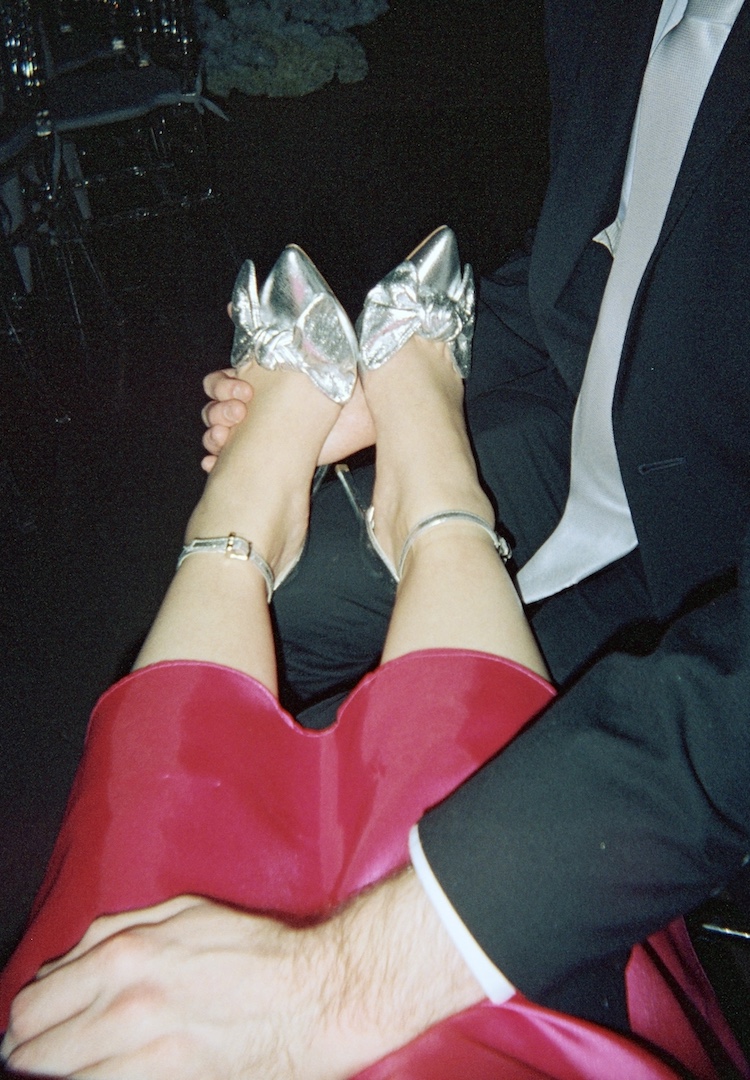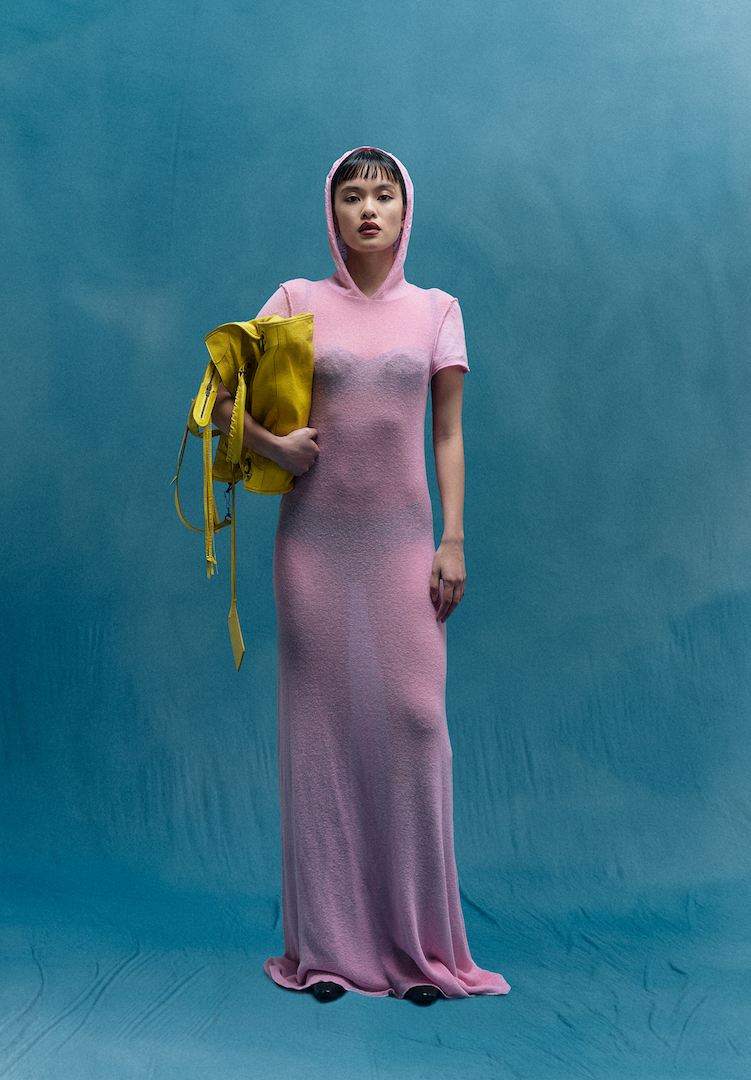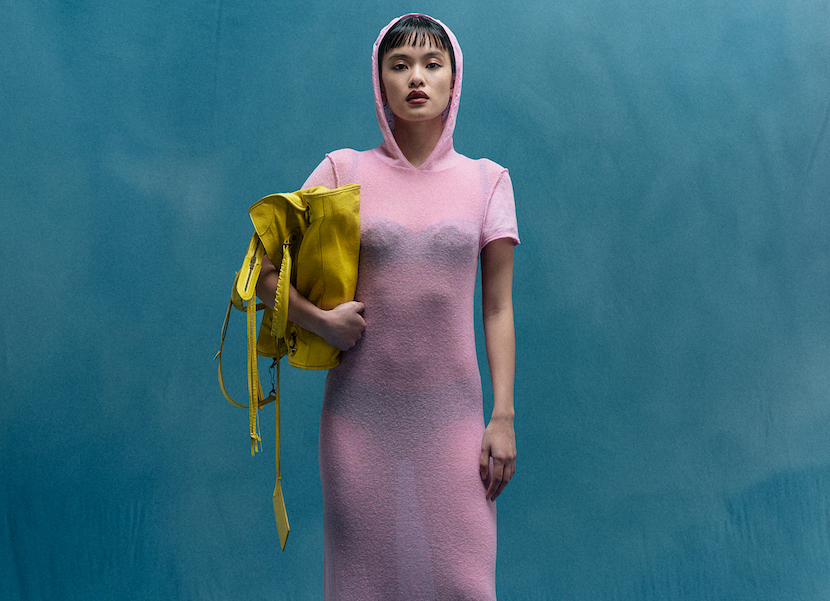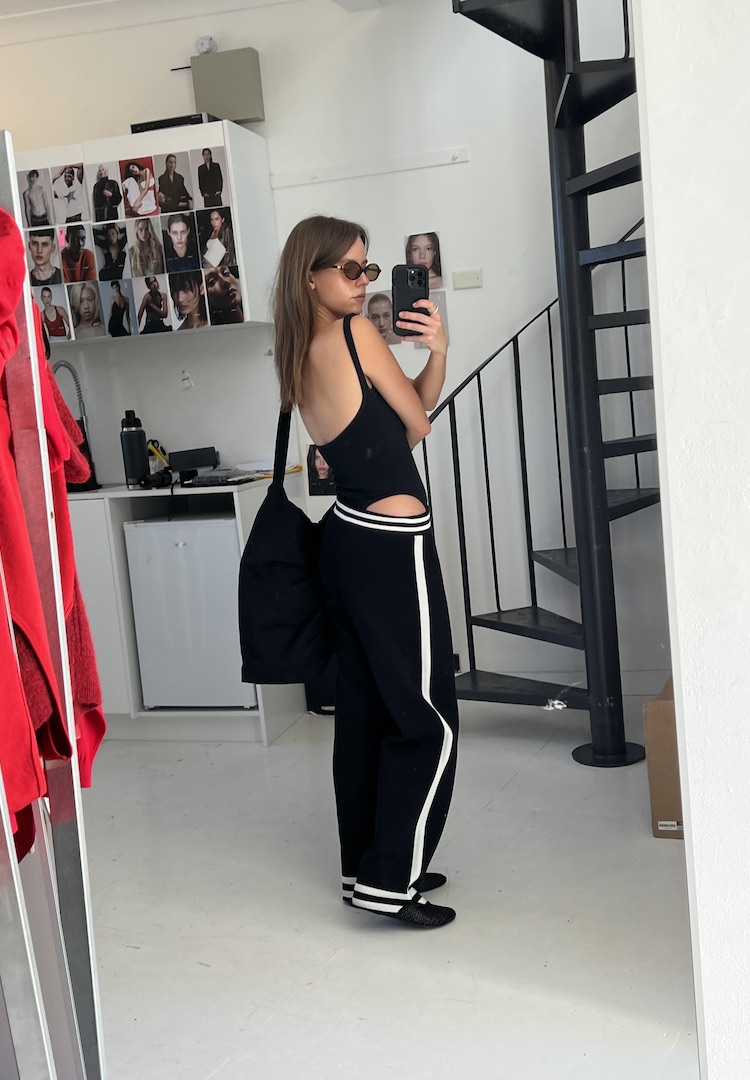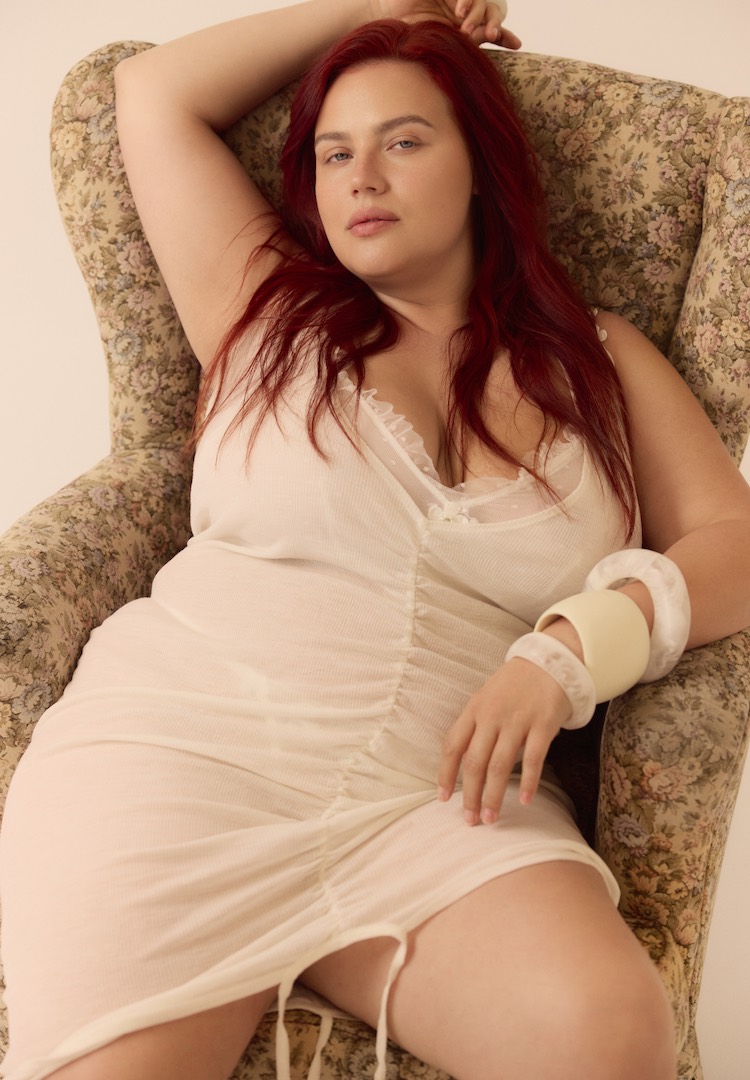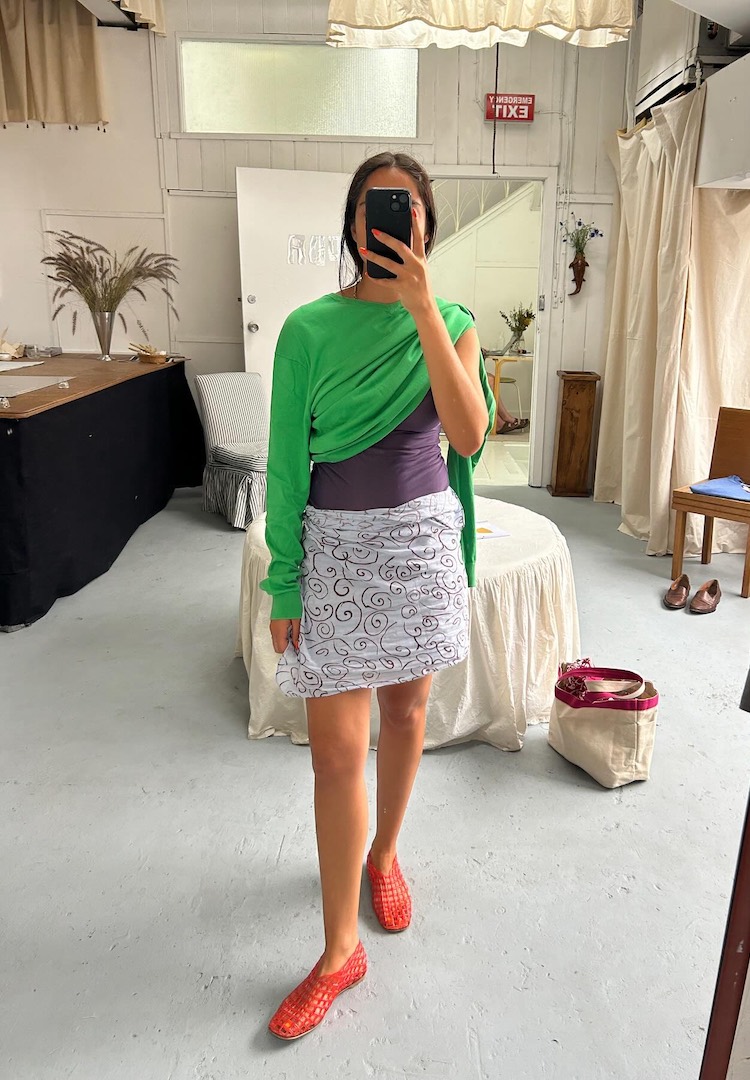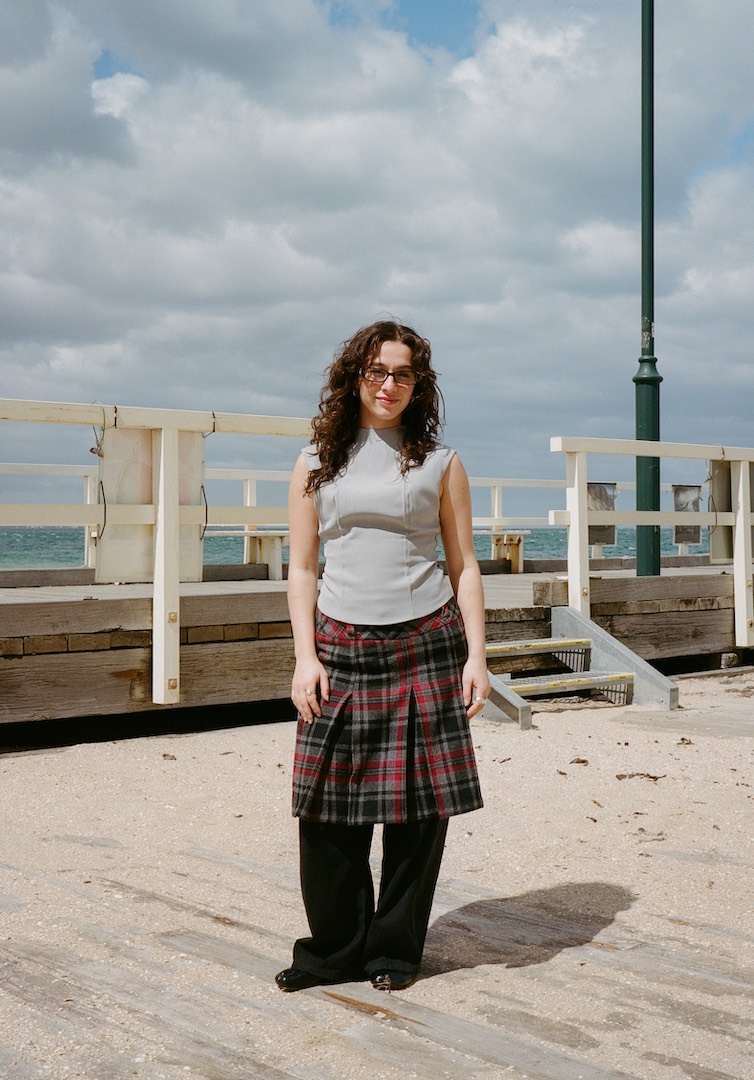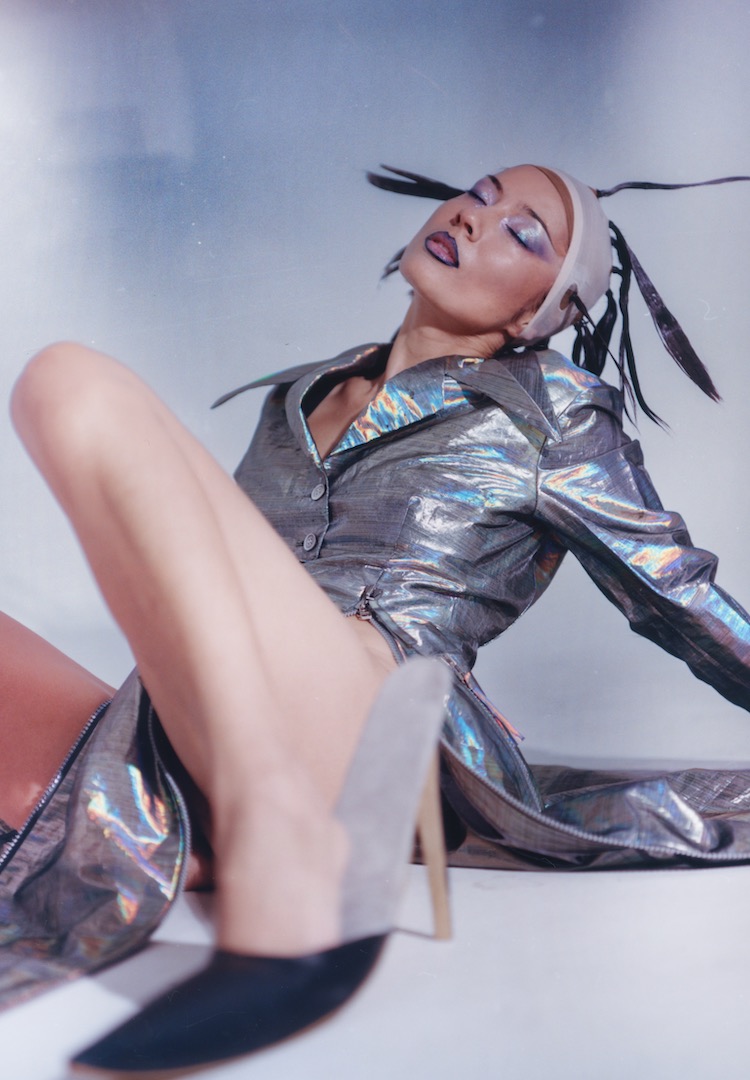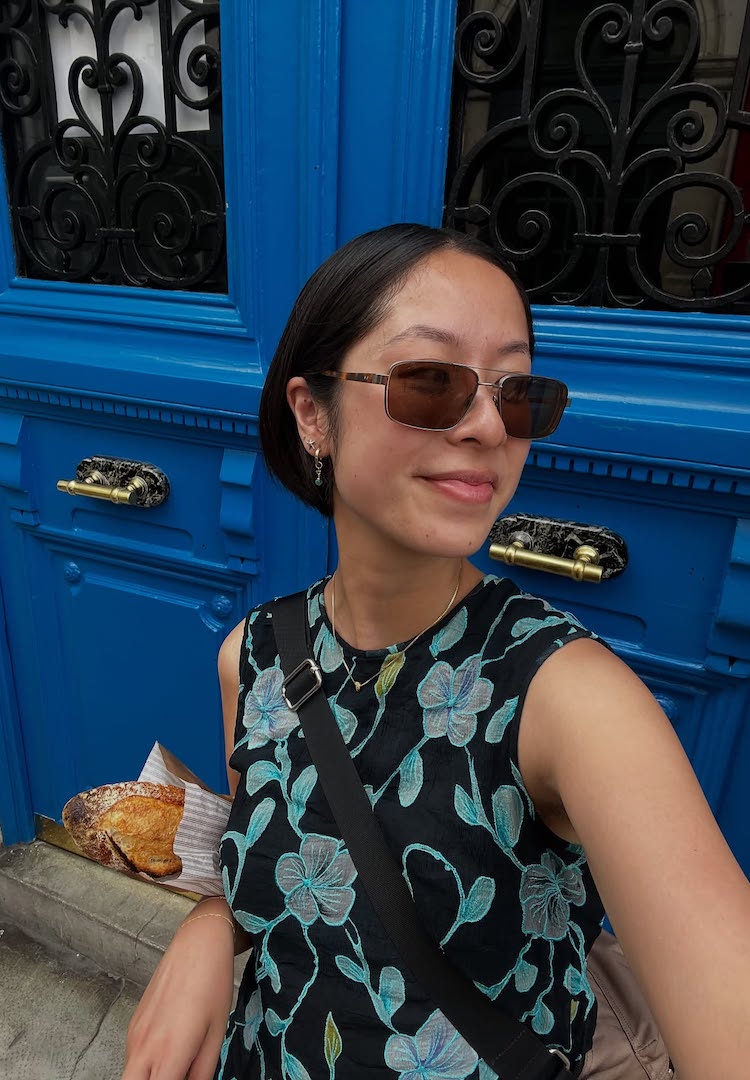How to land a job in fashion marketing, according to six creatives
photography by Steph Cammarano
words by Lara Daly
“This industry isn’t for passive people.”
In an era of AI tools and hyper-saturated creative feeds, standing out as a young creative takes more than just a great portfolio, it demands cultural fluency, grit, and an authentic point of view.
We’ve interviewed many Australians in creative roles, from art directors to photographers and writers, and it’s fair to say that everyone’s path into the industry looks different. Which makes total sense, when you think about it – a room full of people from diverse backgrounds means more perspectives and ultimately, more original ideas.
Looking for a new 9 to 5? Head to our Careers page for new listings daily.
But with no clear roadmap, how exactly does someone land one of these elusive roles? For some insight, we spoke to some of the team at Culture Digital Agency, a fashion marketing agency whose clients include Adidas, Incu and Jungles Jungles, to find out what it really takes to stand out (apart from headshots that look straight out of a fashion editorial).
Carla Newton, Digital Strategist and Designer
Studied: Bachelor of Design.
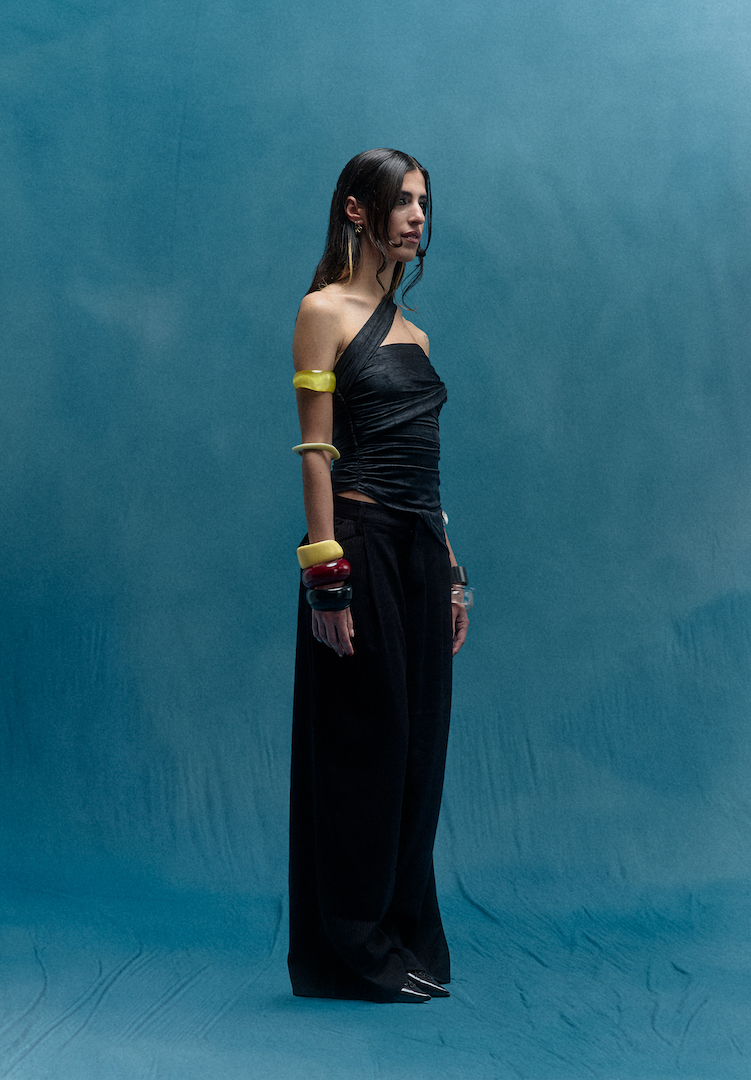
Hey Carla, tell us how you landed your role. Did you do anything intentionally to stand out?
I really leaned into my personal design style from the start. My resume and cover letter were customised, including handwritten titles, to make it feel more tactile and human. I also included mock Instagram posts as part of my application. During the interview process, I was intentional about being as authentic as possible and shared professional and personal stories about my deep connection to this industry.
What’s the best part about your role?
Getting to work directly with Australian fashion brands, both upcoming and established, and seeing how the work we create helps them grow. I love the autonomy I have in my process and the fact that I can see my designs and strategy come to life out in the real world. It’s creatively fulfilling and commercially impactful, which is a rare balance.
What’s the most challenging part?
Definitely switching between creative mindsets. I work across a range of clients who quite often sit on opposite ends of the aesthetic spectrum, so I’m constantly shifting visual language.
What would surprise people about your role or day-to-day?
How much control I have over budget allocation. It’s not just a creative role, it’s also quite strategic and I have to keep track of results and adjust accordingly. Also, how much I still use analogue tools: scanners, printers, even crayons. There’s something about stepping away from a screen that can completely shift how I approach an idea.
What skills, both hard and soft, do you think are essential to succeed in your role or the industry right now?
Building trust. If people trust your process, you’re free to take more creative risks, which leads to better, more interesting work. Efficiency is also non-negotiable for me. The industry moves fast and you need to be reactive without sacrificing quality.
Yui Huo, Creative and Strategic Director
Studied: Bachelor of Arts.
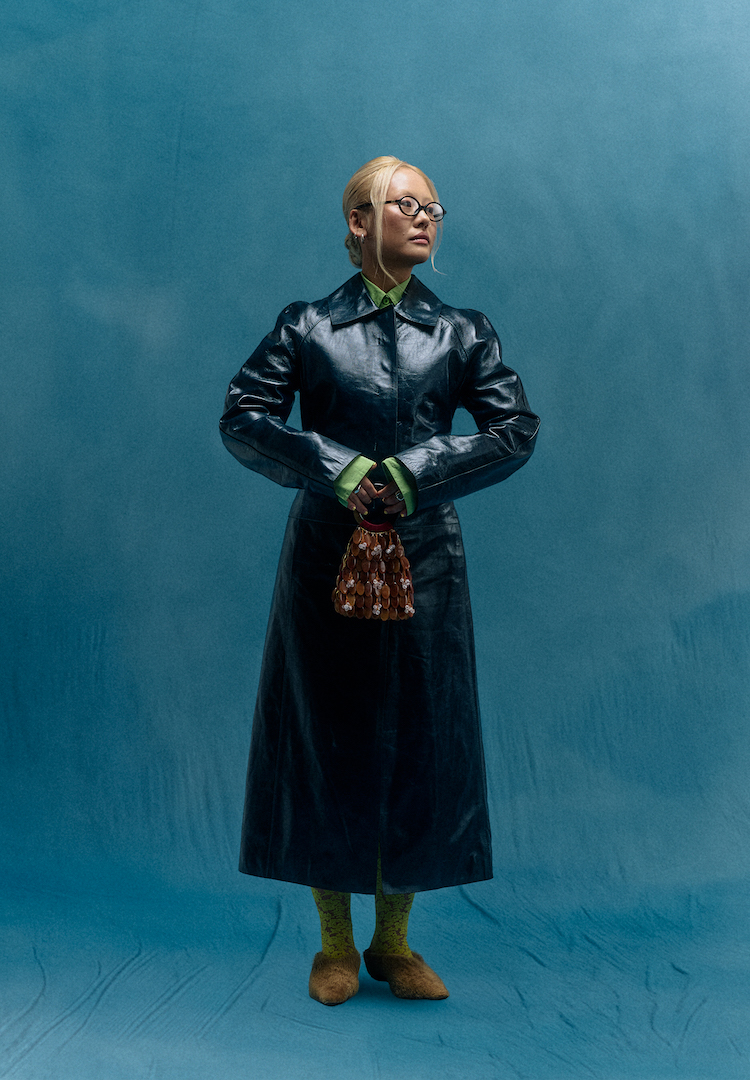
Hi Yui! How did you land in this job?
Prior to landing my job at Culture Digital, I was working at Incu, which conveniently was opposite the Commons where the agency was based. I met Gerry (our director) when he came in for a shop, slid into his DMs asking for an internship and the rest is history!
What would surprise people about working in your role?
Honestly, people might be surprised by how much of my role is about problem-solving in the moment rather than following a set plan. No two days ever look the same and I spend a lot of time in ChatGPT, working on AI scripts and automations to make our processes smarter and more efficient.
What advice would you give someone trying to break into the creative industry today?
Be persistent. I applied twice before I landed my first internship in fashion, three times before I got the job at Incu. Sometimes the right opportunity takes a few extra tries.
When hiring, what makes someone stand out instantly to you?
When they incorporate agency fonts, logos or colour palettes in their application. A little effort goes a long way!
Sabina Sysantos, Digital Strategist and Analyst
Studied: Bachelor of Communication.
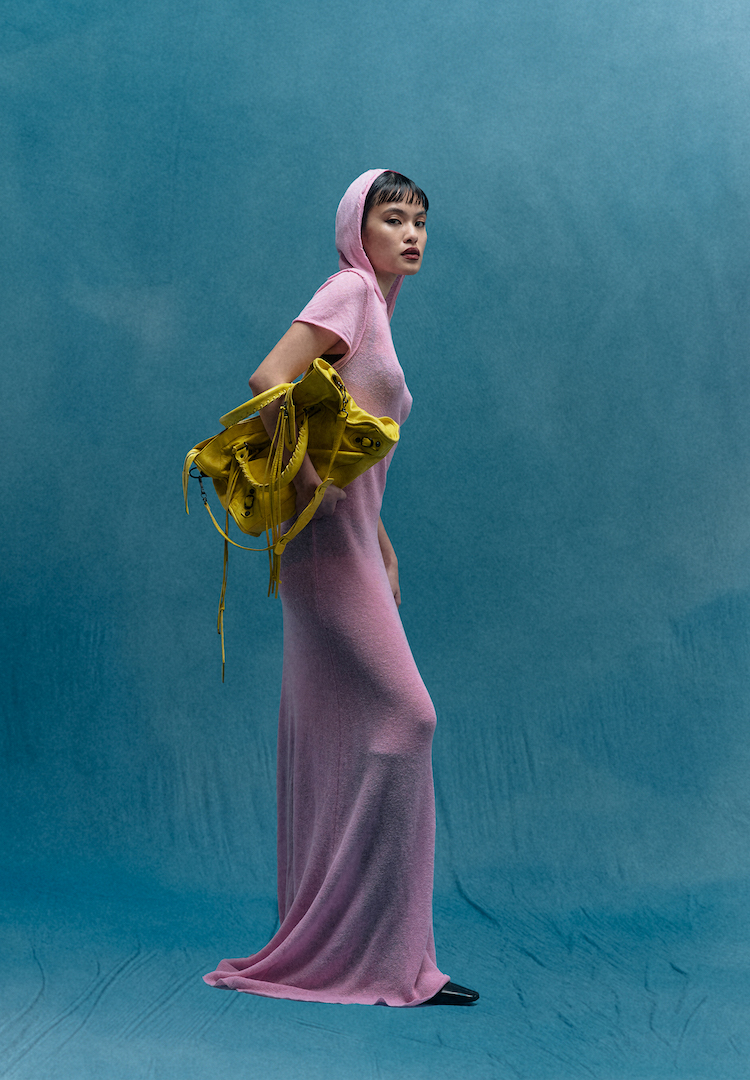
Hey Sabina! Tell us how you landed your role. Did you do anything intentionally to stand out?
I moved to Melbourne in April. Funnily enough, on my job hunt I hopped onto Fashion Journal’s Careers page and saw this role listed. This was the first one I applied to and I got it. I was working for a similar type of business in New Zealand, so things were lining up in terms of relevant experience. Having gone through the ins and outs of the creative industry through modelling as well, I think it was evident that I had a fashion-centric background and genuine enthusiasm for the work.
I remember writing up my cover letter and refreshing my CV and it was the fastest I’d ever done it (no, I didn’t use ChatGPT). For once, I wasn’t overthinking it and just put out the energy I wanted to receive back. So in terms of standing out, I think it came across as authenticity and transparency, which I suppose is quite refreshing in the eyes of an employer.
What would surprise people about your role or day-to-day?
I sometimes act as our in-house model when the team needs extra content, which is fab!
What skills are essential to succeed in your role or the industry right now?
Being tapped into the culture is a non-negotiable, you have to know what’s up. Cultural capital is a currency and striking the right balance with business acumen is what will make you a weapon. Even if you have a lot of creative input and unique insights, you still need to understand how this can all work to benefit commercial objectives.
Gerry Sison, Director
Studied: Marketing.
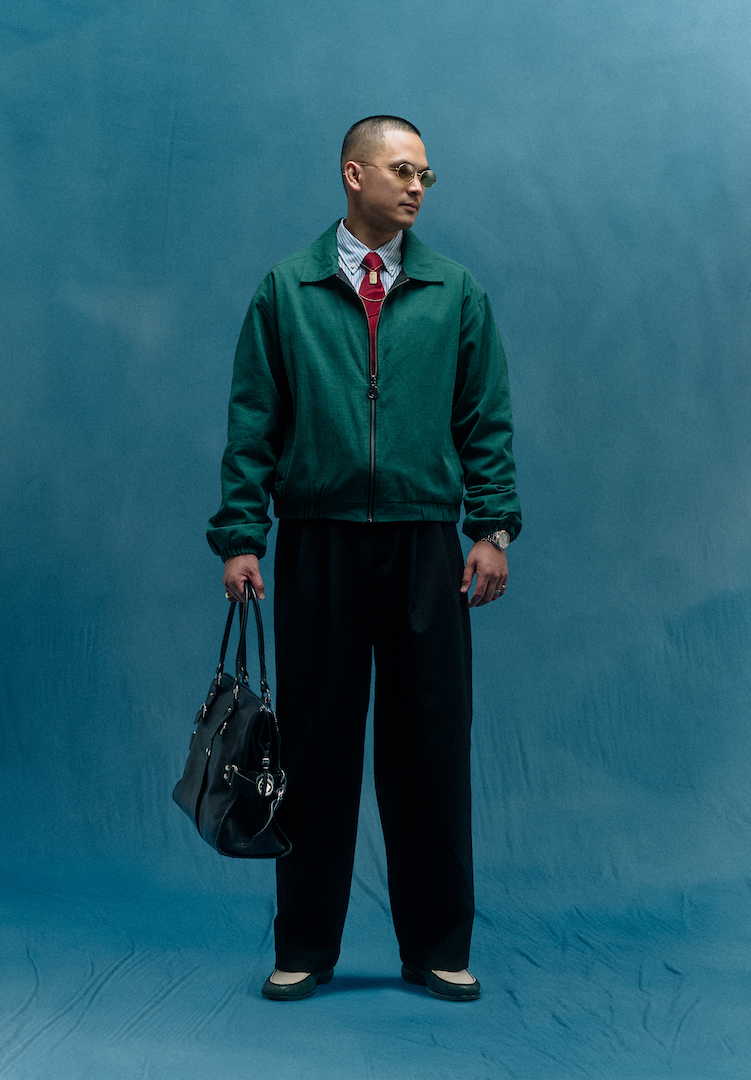
Hi Gerry! What advice would you give someone trying to break into the creative industry?
There are so many ways to develop skills and express ideas today. Don’t wait for your invitation, upskill every day, express your creativity and ideas online, and be relentless with showcasing that to potential employers. This industry isn’t for passive people.
When hiring, what makes someone stand out instantly to you?
Someone who’s always learning. Our industry changes faster than ever, and the most valuable meta-skill for long-term success is the ability to adapt and absorb new knowledge. Someone who is always learning, reading books and developing skills is very hard to beat.
What are some green flags and red flags?
Green flags would be a good attitude and great energy. Someone with strong personal passions they actively pursue, who challenges themselves outside of work. Red flags, on paper, would be frequent job-hopping and in person, any sign of ego. We have a ‘no brilliant jerks’ policy – no matter how talented someone is, the value of teamwork and culture will always outweigh the individual.
If someone doesn’t have a degree or background in the field, what can they do to get your attention anyway?
As someone who didn’t finish a degree, it’s one of the last things I look for in an application. In our world, you’re chosen for your ability to impact brands, so treat yourself like one. Design your CV with intention, from the layout and font to the colour palette, and support it with a website that paints a clear vision of who you want to become. If you don’t have experience yet, build an imaginary portfolio to showcase your skills and your eye for detail.
Isabelle Stephenson, Digital Strategist & Designer
Studied: Business and Creative Intelligence and Innovation.
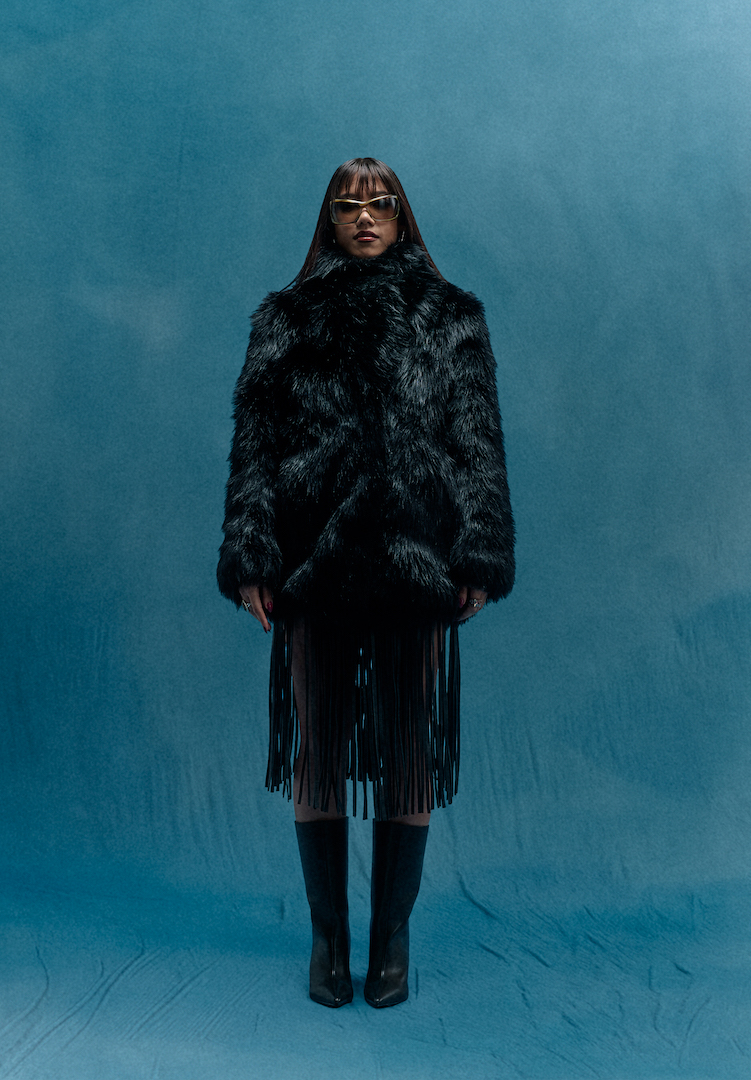
Hey Izzy! Tell us how you landed this role. Did you do anything intentionally to stand out?
In the interview, I shared a selection of my favourite graphics I’d created prior to applying. I also took the time to get clear on how the role aligned with me creatively (and personally) and I went in focused on expressing that, instead of trying to fit into what I thought the agency might be looking for. I think that mindset shift made all the difference.
What advice would you give someone trying to break into the creative industry today?
Make time for personal projects. Create, experiment often and share your work. Building a body of work that reflects the way you think takes time but helps break barriers of perfectionism. Once you’ve developed a clear point of view, that will be noticed. Also be a good person to work with. That matters more than people think.
Jordan Jones, Digital Designer and Strategist
Studied: Bachelor of Business.
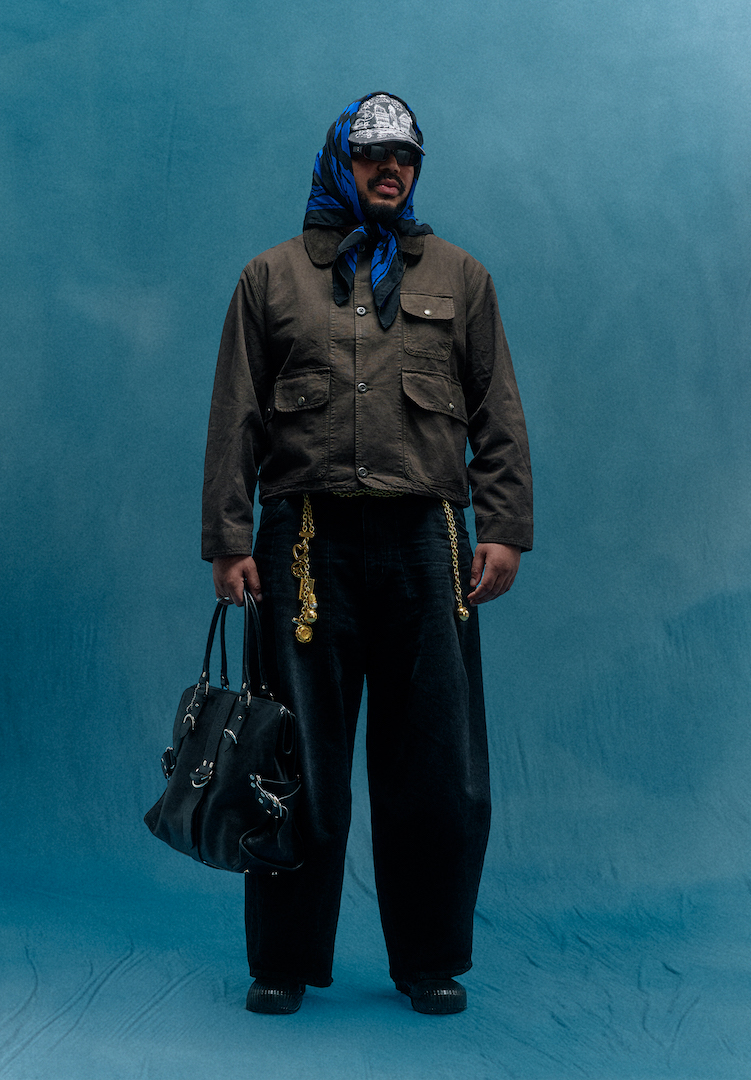
Hey Jordan! Tell us how you landed this role. How did you make yourself stand out?
The first time I applied and interviewed, I was second in line to the person that actually landed the role, which stung a little, but also motivated me to keep pushing. Looking back, not getting the role the first time was a blessing. It gave me time to reflect and come back even more aligned.
I think what made me stand out in the end wasn’t a big flashy portfolio, it was just showing up as my most authentic self. I was really honest about what I could do, but also clear about where I wanted to grow and what I wanted out of a career in this industry. I think people can tell when you’re hungry to learn and genuinely excited to contribute, and that’s what I focused on communicating.
What would surprise people about your role or day-to-day?
People are always surprised by how data-driven the creative process is. We’re constantly reviewing performance metrics, audience behaviour and insights to make sure what we’re creating actually makes sense. It’s not just about making things look great, it’s about creating what adds real value to the brands you work with and the story they’re actually trying to tell. Numbers are just as important as moodboards.
Looking to find a job in fashion? Head to our Careers section.

